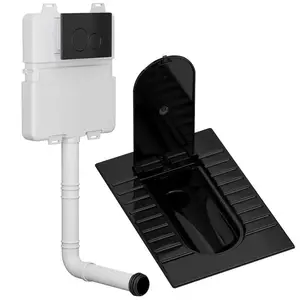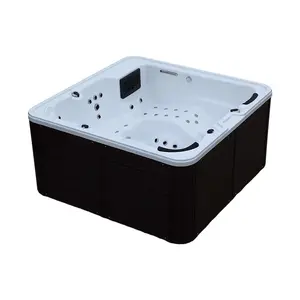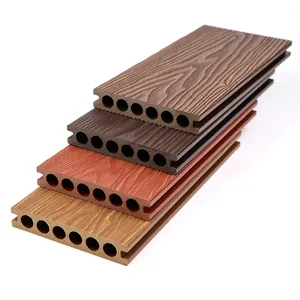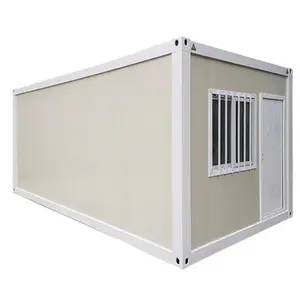Popular in your industry






































































Related Searches:



























































































































Top categories
About foam polystyrene
Introduction
In an era where sustainability is paramount, the potential of foam polystyrene in packaging is being reevaluated. This lightweight, versatile material, known for its excellent thermal insulation and customizability, has been a preferred choice for packaging. However, its environmental impact and waste management issues have raised significant concerns. This article delves into the properties, benefits, and challenges of foam polystyrene, exploring how we can unlock its potential for sustainable use. We will also discuss the latest innovations in recycling and alternative packaging solutions, as well as the role of policy and regulation in promoting sustainable packaging.
Understanding Foam Polystyrene
Foam polystyrene, a type of vinyl polymer, is a long hydrocarbon chain with a phenyl group attached to every other carbon atom. It's produced through free radical vinyl polymerization from the monomer styrene. There are two types: 'normal' or atactic polystyrene, and a newer kind, syndiotactic polystyrene. The difference lies in the arrangement of the phenyl groups on the polymer chain. Syndiotactic polystyrene is made by metallocene catalysis polymerization, while atactic polystyrene is created through free radical polymerization.
Properties and Benefits of Foam Polystyrene
Polystyrene, particularly expanded polystyrene, is a preferred choice for packaging due to its lightweight and thermal insulation properties. It can be custom molded to fit, making it an economical solution for packing and transporting products. The energy required to manufacture and transport EPS is significantly less than traditional packaging materials like timber or cardboard. This results in reduced packaging and transportation costs. Alibaba offers a wide size and density range of produce packaging, customizable to specific needs.
Common Uses in Packaging
Foam polystyrene, also known as Expanded Polystyrene (EPS), is a versatile material with a wide range of applications. Its properties such as lightweight, mechanical resistance, and moisture resistance make it a popular choice in various sectors. One of the most common uses of foam polystyrene is in packaging, particularly for food items, due to its excellent thermal insulation capabilities. This feature not only helps in maintaining the temperature of the packaged items but also provides protection during transportation.
Challenges in Foam Polystyrene Usage
Polystyrene foam, while versatile and lightweight, poses significant challenges. It's made of harmful chemicals, with over fifty byproducts released during its manufacture, contaminating air, water, and nearby communities. Styrene, a key component, is a potential carcinogen. The disposal of polystyrene is also problematic. It doesn't degrade easily and when burned, releases toxic gases. Furthermore, polystyrene foam contributes to litter, making up a significant portion of waste found in streams. Its manufacturing process also contributes to global warming.
Environmental Impact
Polystyrene foam, while useful, poses significant environmental challenges. Its lightweight nature allows it to be easily carried by wind or rain into water sources, where it can harm aquatic life. It's also slow to degrade, and improper disposal can lead to chemical leaching, contaminating water sources. The manufacturing process of polystyrene foam contributes to global warming and creates hazardous waste. It often involves the use of hydrochlorofluorocarbons, which deplete the ozone layer, exposing us to harmful ultraviolet rays.
Waste Management Issues
Despite the utility of foam polystyrene, its disposal poses significant challenges. Its bulky nature means it occupies substantial landfill space, and it's often blown around, causing environmental issues. Although some companies have recycling policies, a large portion of polystyrene still ends up in landfills globally. The recycling process involves segregation, compaction, shredding, and melting, but it's often more economical to produce new polystyrene products than to recycle. The cost of transporting bulky polystyrene waste also discourages recycling.
Unlocking the Potential for Sustainable Use
Foam, particularly foam polystyrene, is gaining popularity as an eco-friendly packaging material due to its recyclable and biodegradable properties. Unlike plastic, foam can be easily recycled and transformed into new packaging products, enabling a circular supply chain. However, addressing the environmental concerns associated with its disposal and production is crucial. Foam industries must prioritize using recycled materials and adopt sustainable manufacturing practices. Furthermore, innovative packaging designs can be explored to encourage reuse and reduce single-use plastics.
Innovations in Foam Polystyrene Recycling
Polystyrene foam recycling has seen significant advancements, with the introduction of compactors capable of compacting all kinds of polystyrene foam. The compaction process changes the material's density from typically 30 kg/m3 to 400 kg/m3, making it a high-value recyclable commodity for producers of recycled plastic pellets. This innovation has greatly improved the recycling of polystyrene foam, opening up new methods for its compaction and reuse.
Alternative Sustainable Packaging Solutions
Innovative and eco-friendly packaging alternatives are gaining traction in the market. Biodegradable packaging peanuts, a green alternative to Styrofoam, are cost-effective and environmentally friendly. Corrugated bubble wrap, made from up-cycled cardboard, offers a sustainable substitute to traditional bubble wrap. Air pillows made from 100% recycled content, recycled cardboard and paper, and cornstarch packaging are other viable options. Mushroom and seaweed packaging present unique, biodegradable solutions. Even in situations where plastic is necessary, options like biodegradable and recycled plastics are available.
Policy and Regulation for Sustainable Packaging
Sustainability in packaging is a global trend, with regulations emerging frequently. However, these regulations vary by region and country, making the landscape complex to navigate. Packaging companies must stay updated with these changes to ensure compliance. Regulatory focus areas include plastic packaging, beverage packaging, and primary versus secondary packaging. Financial penalties are the main regulatory vehicle for sustainability change in the packaging industry. Countries are moving towards setting up regulations around sustainable packaging at different paces and depths, categorized into four archetypes based on their strategy, ambition, time, scope, and maturity.
Conclusion
Foam polystyrene, despite its challenges, holds promise for sustainable packaging. Its recyclability and potential for biodegradability are encouraging, but addressing the environmental concerns associated with its production and disposal is crucial. Innovations in recycling and alternative sustainable packaging solutions are paving the way for a more eco-friendly future. However, the role of policy and regulation cannot be understated. As the landscape of sustainable packaging evolves, companies must stay abreast of changes to ensure compliance. The journey towards sustainable packaging is complex, but with concerted efforts from industries, innovators, and regulators, we can unlock the potential of materials like foam polystyrene.


























































